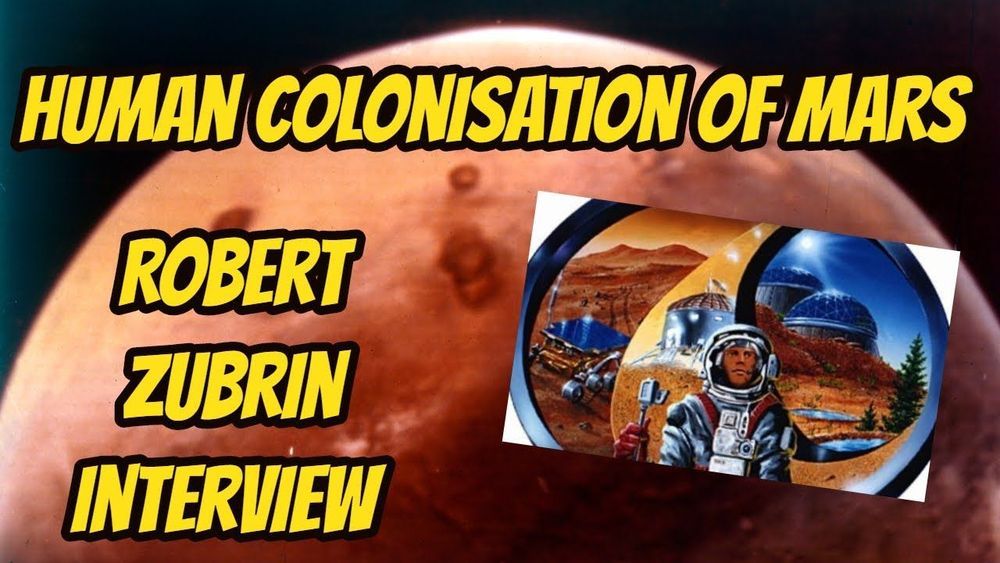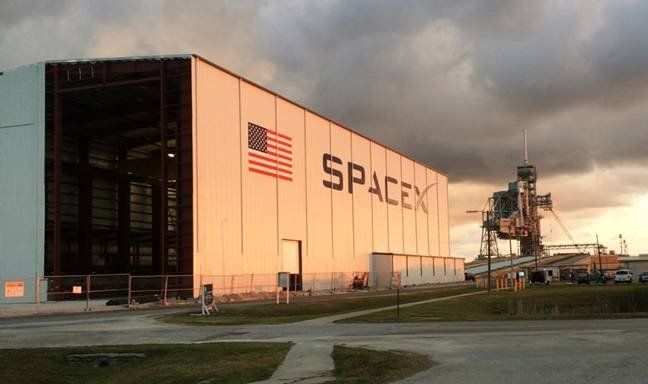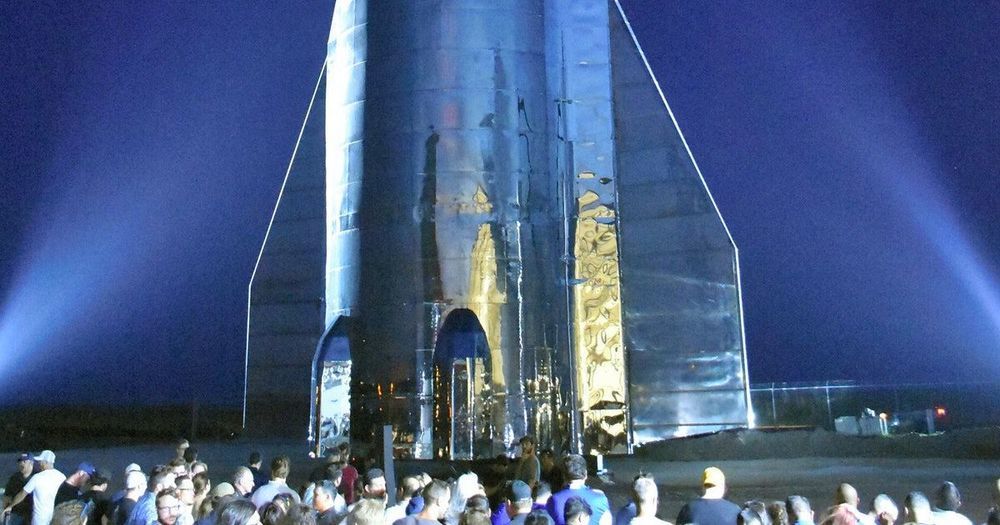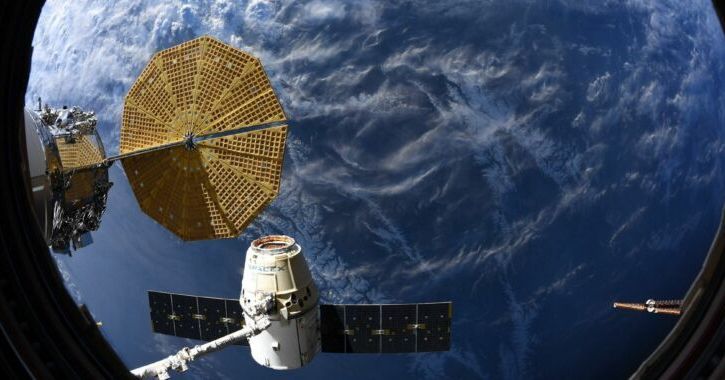Apr 12, 2020
Roscosmos Miffed, Elon Musk Calls Them Out
Posted by Bill D’Zio in categories: disruptive technology, Elon Musk, space, space travel

Russia seems to see the writing on the wall. No longer can disposable rockets win business for the Russian Space Industry. NASA put an end to the ongoing launches of astronauts into space with the development of domestic. The Russian space industry plans on maintaining or growing market share.
“In 2020, 33 launches are planned, of which 12 launches of satellites under the Federal Space Program, nine launches of commercial vehicles, three from the Guiana Space Center,”
Dmitry Rogozin the head of Roscosmos.
According to https://tass.ru/, Russia is planning on completing 30 commercial launches in 2020. To compete in the international market, Roscosmos announced the cost of launch services will be reduced by more than 30%. The allegation is that American companies are price dumping. With the emergence of SpaceX into the launch sector and other new space companies, the launch vehicle options increased greatly. SpaceX specifically has captured a lot of commercial launch contracts with the partially reusable Falcon 9 rocket. SpaceX has proven the booster reuse capability up to five times and disclosed that the reusability is much greater.
Dmitry Rogozin’s claim of American companies engaging in price dumping may not be a valid comparison. American companies diversified the supply. New innovative rockets have been designed, built and launched by American companies like SpaceX and Rocket Lab.















